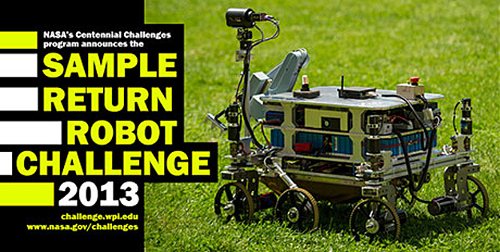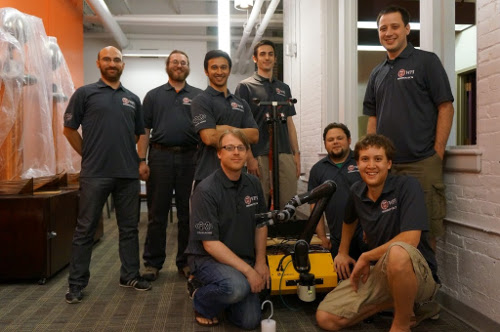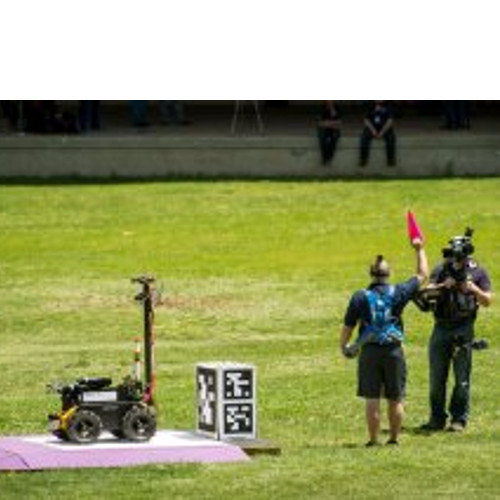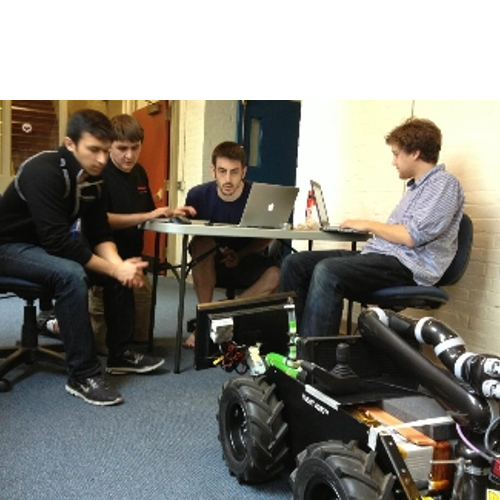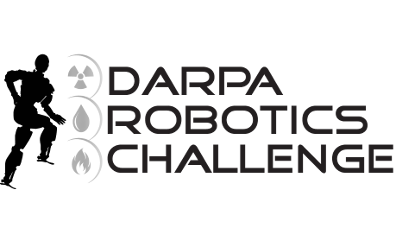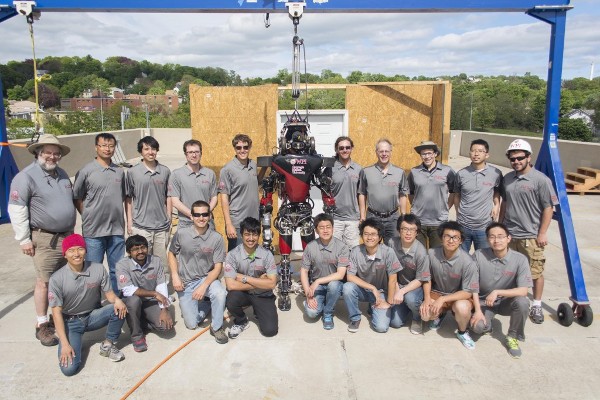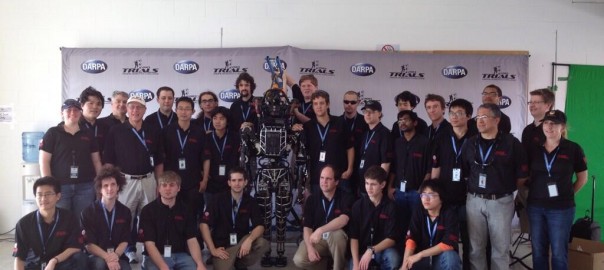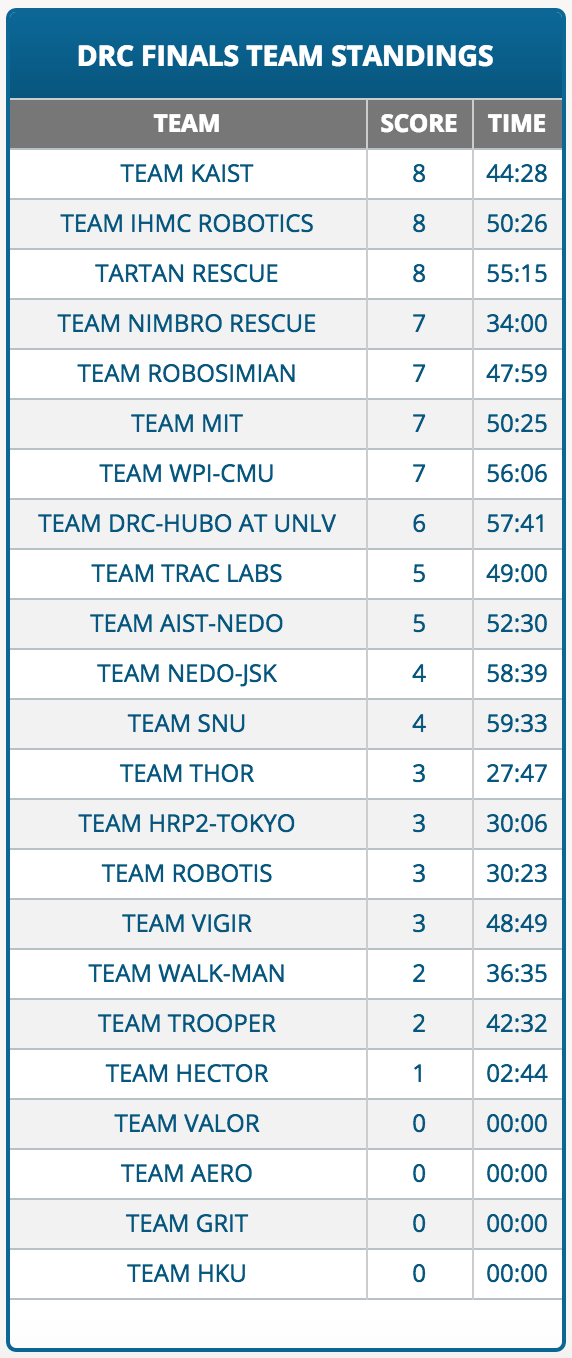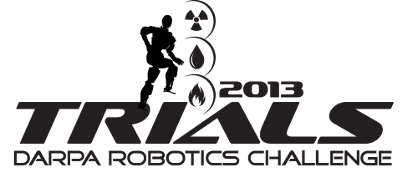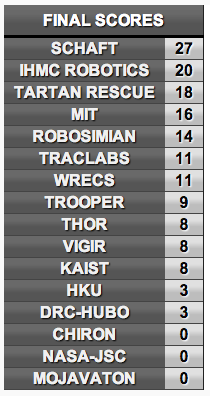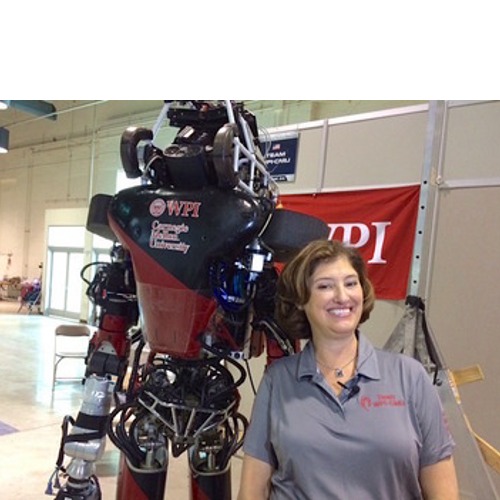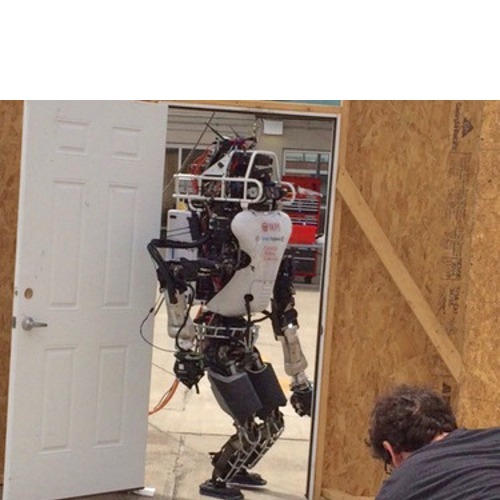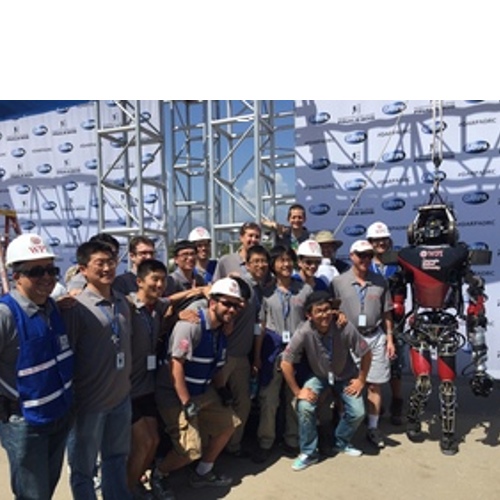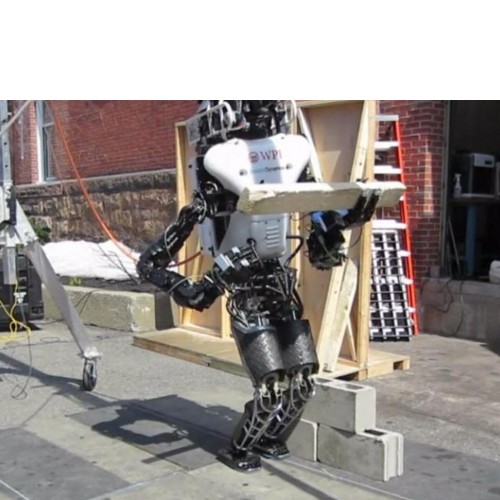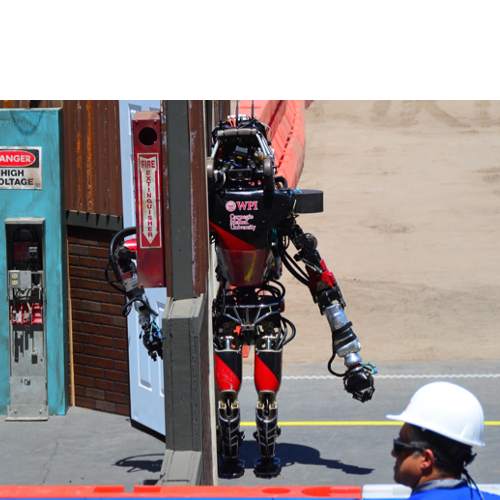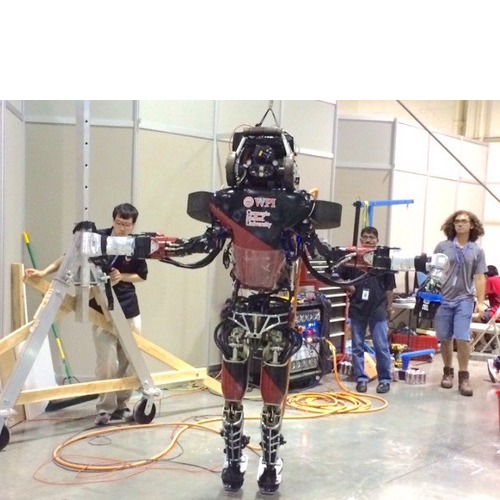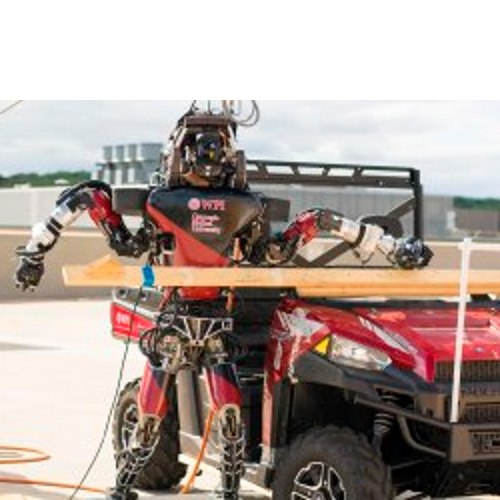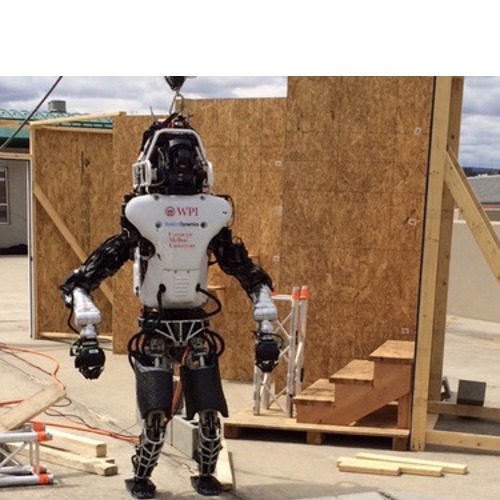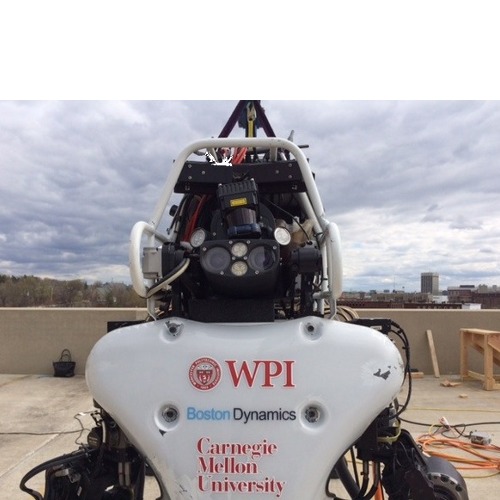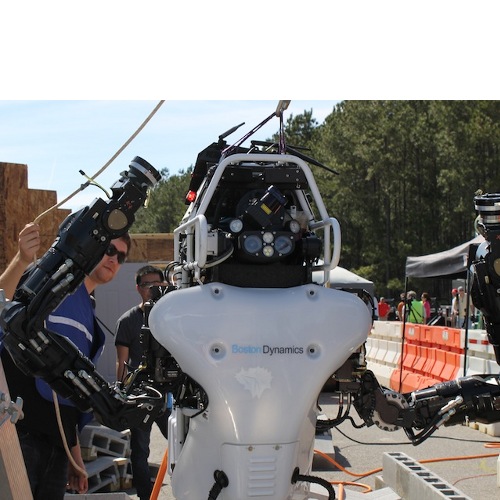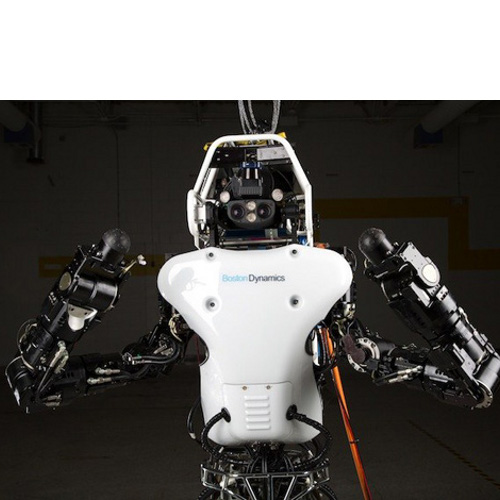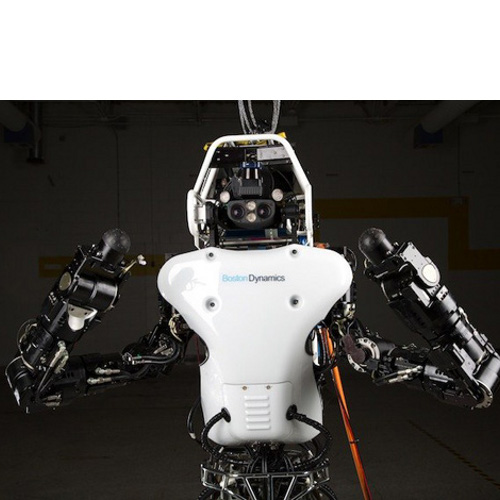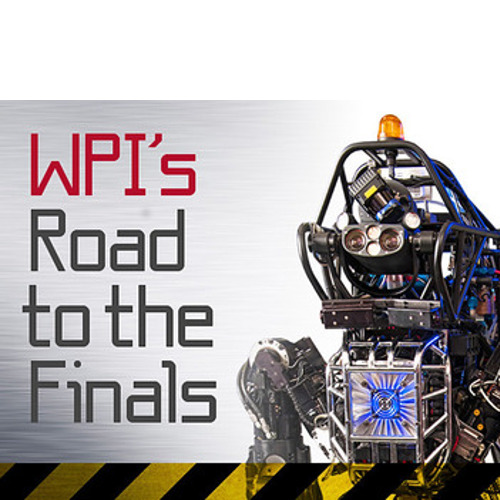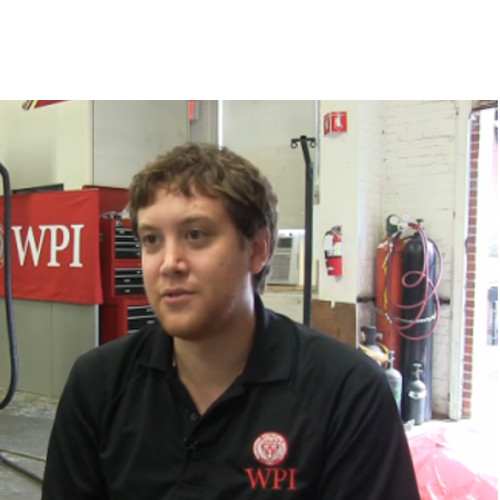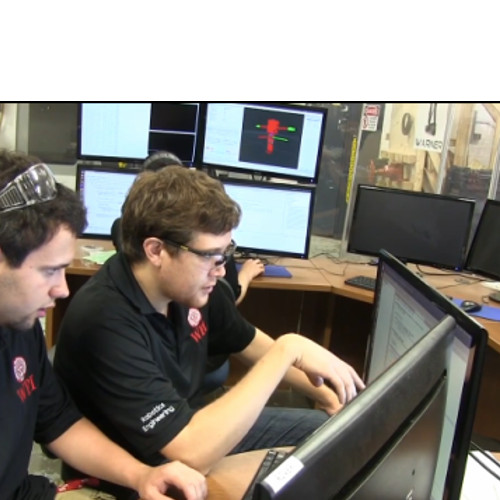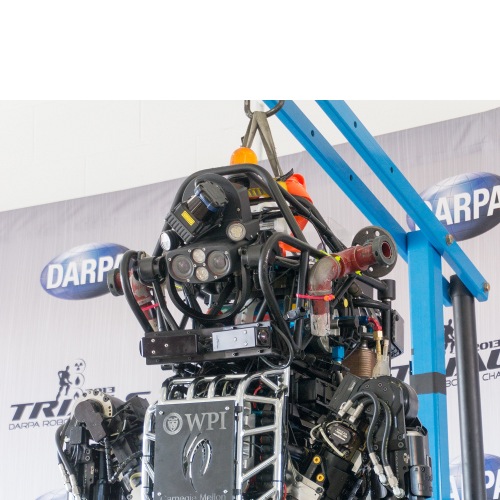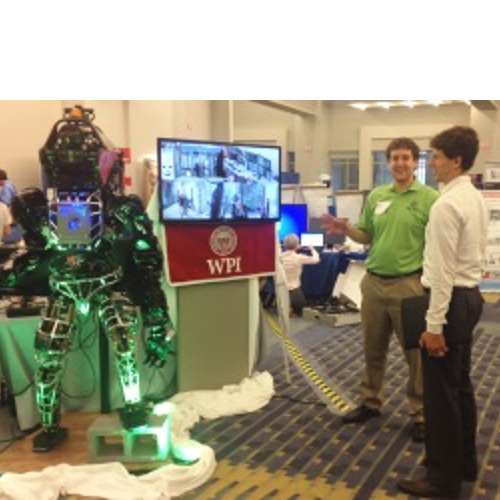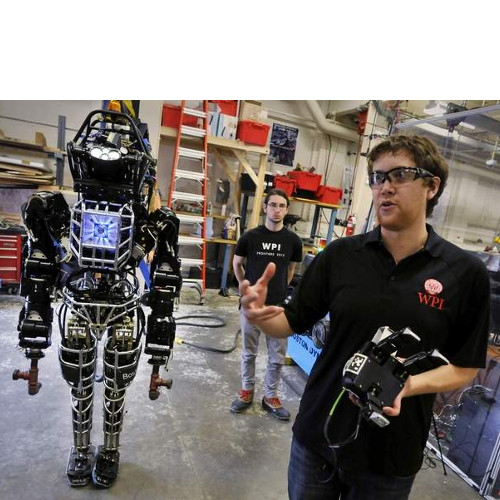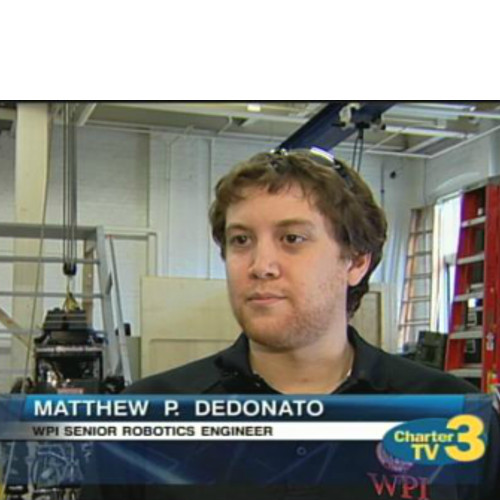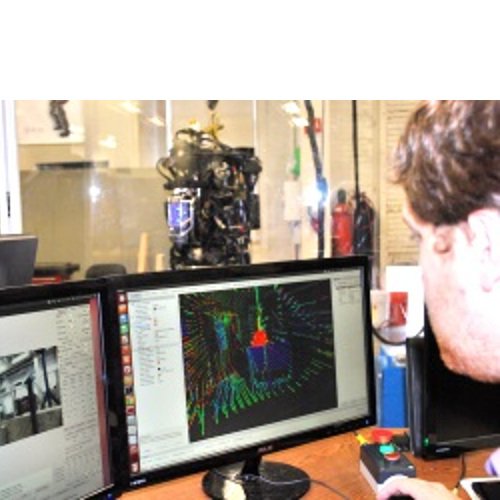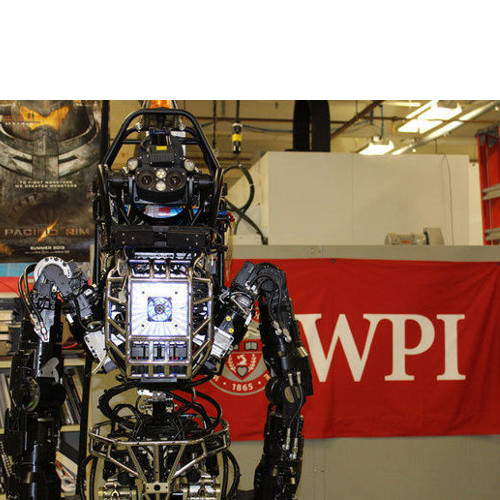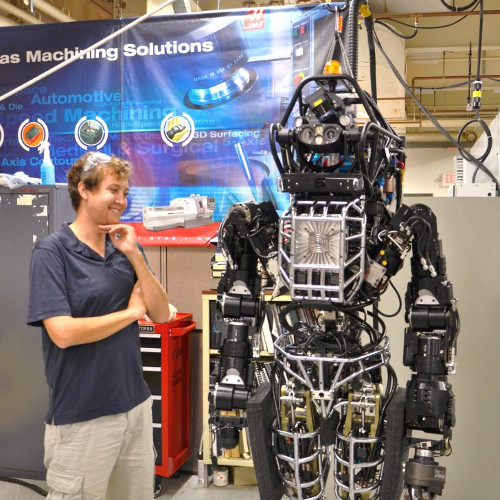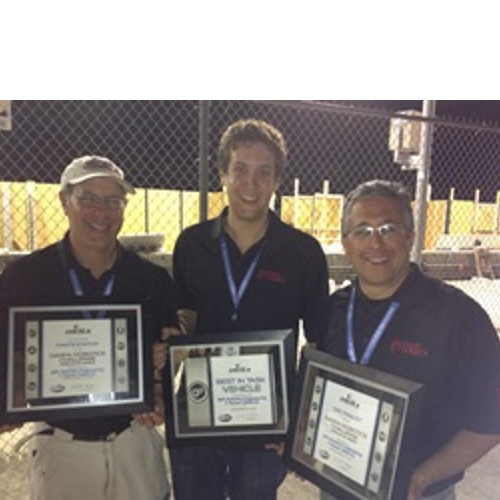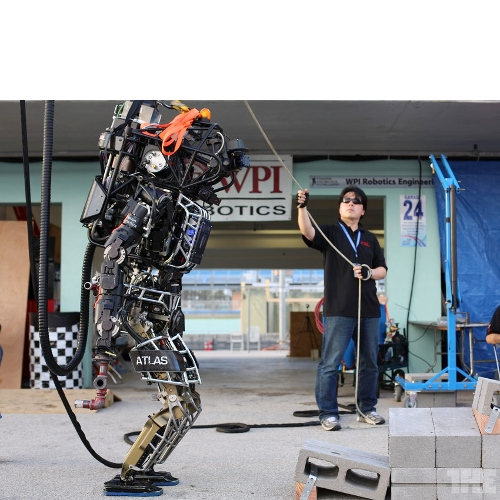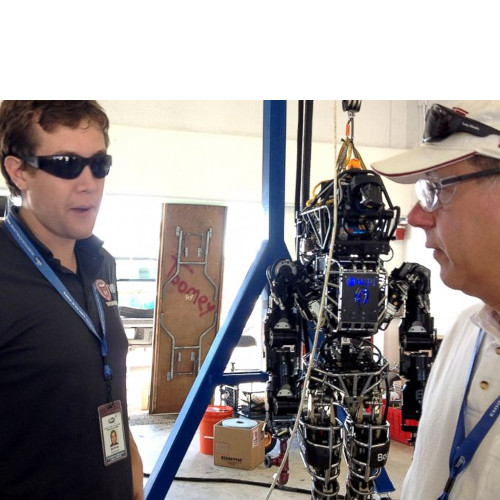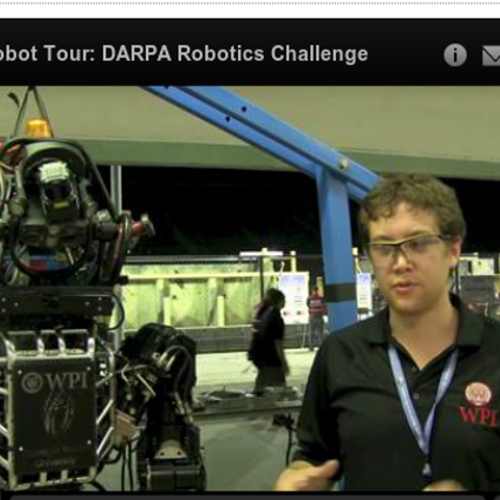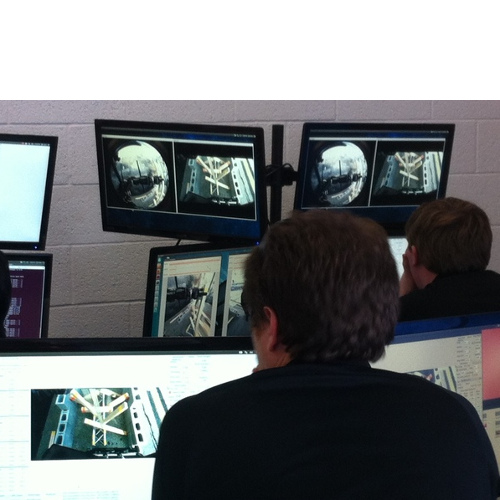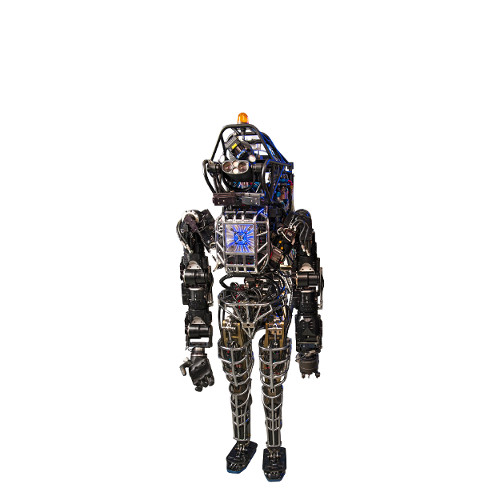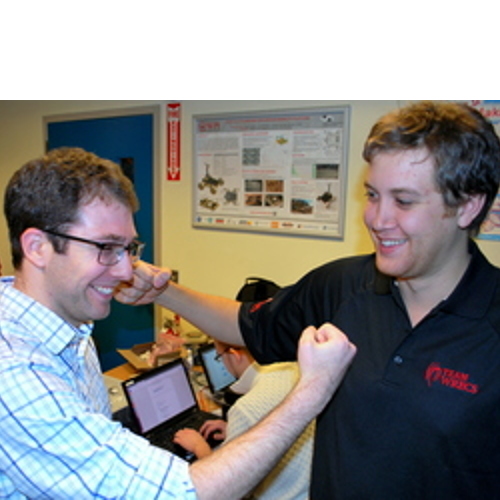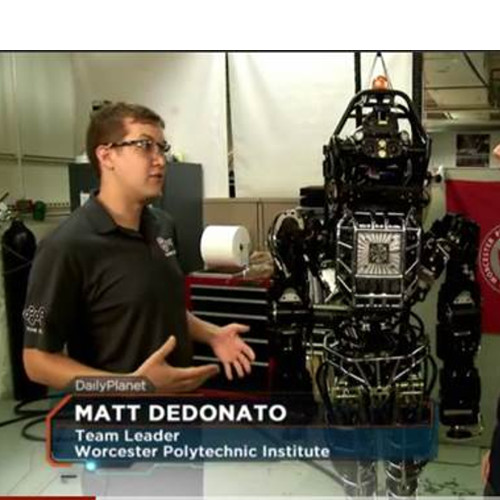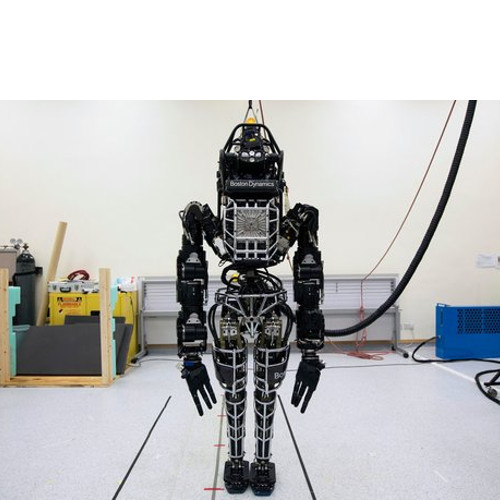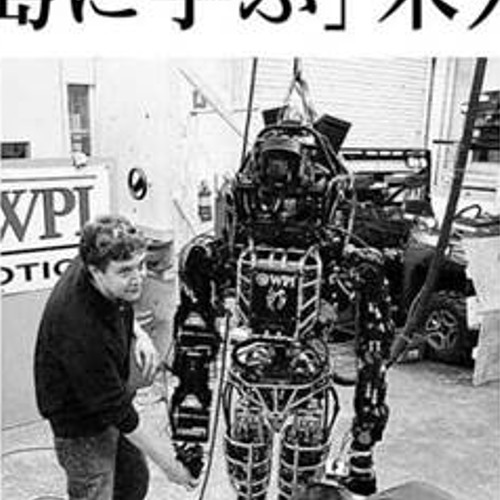Personal information
| Location | Sunnyvale, California |
| Website | mattdedonato.com |
| mattdedonato | |
| X/Twitter | @mdedonato |
| Currently working | Figure AI |

Employment
- Aug 2022 - Present
Director, Robotic Systems
Figure AI - May 2022 - Aug 2022
Senior Manager, Vehicle Hardware Platform
Woven Planet - Feb 2020 - May 2022
Senior Manager, Vehicle Hardware Platform
Toyota Research Institute - Apr 2016 - Feb 2020
Manager, Vehicle Hardware Platform
Toyota Research Institute - Sep 2015 - April 2016
Senior Robotics Software Engineer
• Developed system architecture for new automated patient lifting device
HStar Technologies
• Developing embedded firmware and control software for automated patient lifting device
• Took on project management role for electrical and software systems
- Nov 2015 - Jun 2017
Independent Contractor
• Developing firmware for new underwater communication board
Woods Hole Oceanographic Institution (JPAnalytics)
- Jul 2015 - Sep 2015
Senior Software Engineer
• Created arm collision avoidance algorithm for fourth generation talon robot
QinetiQ North America
• Upgraded user interface PHP site for power line monitoring system
- Aug 2013 - Jul 2015
Technical Project Manager & Senior Robotics Engineer
• Assembled and managed a team of 25-30 engineers to compete in the DARPA Robotics Challenge • Lead the team in developing the robot to drive a car, traverse terrain, turn valves and much more
DARPA Robotics Challenge, Team WPI-CMU
• Awarded $2.5 million in funding and over $2 million in equipment
• Placed among top teams at the DARPA Robotics Challenge Trials and Finals
- Jun 2013 - Jul 2013
Research Assistant
• Development of a Robotic-Augmented Electronic Baggage Screening System for Airports
Worcester Polytechnic Institute - Jan 2013 - Jun 2013
Teaching Assistant
Worcester Polytechnic Institute - May 2010 - Aug 2012
Embedded Systems Engineer
• Worked to maintain and improve software for APEX float line
Teledyne Webb Research
• Worked with clients to develop custom platforms based on their specific needs
• Designed and implemented next generation control boards and software for APEX float line
• Contributed to development of new products and expanding features of current products - Jun 2009 - May 2010
Robotics Engineer
• Designed electrical systems for underwater robots
DeepQuest, LLC
• Designed, built and programmed embedded circuit boards to control robotic subsystems
• Developed software for testing and control of embedded circuit boards
• Setup and maintained network server for remote access and data storage - Apr 2004 - Dec 2007
Senior Intern
• Responsible for bringing a product from concept into production.
Nexus Design, LLC
• Extensively used SolidWorks along with many other design programs.
• Maintained FTP site, phone systems, network systems and computers.
Education
- 2012 - 2013
Masters of Science in Robotic Engineering
• Capstone Project – NASA Sample Return Robot Challenge: Spring 2013
Worcester Polytechnic Institute
- Developed vision-based sample recognition and retrieval for autonomous rovers
- Assisted in managing 5 robotics engineers to complete the project - 2005 - 2009
Bachelor of Science in Robotic Engineering
• Interactive Qualifying Project–Science Museum London: Summer 2007
Worcester Polytechnic Institute
- Adapted exhibits to be accessible to the visually impaired
• Major Qualifying Project–Modular Robotics Platform: Summer 2008
- Designed and constructed educational robotics platform
Projects
We posit that despite the significant automation currently
employed by the TSA in the Checked Baggage Inspection Systems
(CBIS), the addition of innovative robotic technologies in the
baggage screening process can significantly reduce the
labor-intensive tasks required to manually inspect some bags.
Technologies enabling robots to work in close collaboration
with humans can address issues in implementing Electronic
Baggage Screening Program (EBSP) strategic plan goals. For
example, the labor-intensive explosives trace detection (ETD),
where a piece of fabric is swabbed across a suspicious bag and
placed inside the trace detection machine, can be accomplished
with a robot working in collaboration with a human supervisor.
Baxter, developed by Rethink Robotics, enables humans
to intuitively interact with robots in close proximity.
Because one of Baxter’s target markets is production
floors, the robot is designed with work on a conveyor line in
mind. Baxter is able to: (1) work safely alongside people,
without the need for protective cages; (2) operate
collaboratively through a unique, user-friendly UI; (3) be
trained manually by line workers, with no programming required;
and (4) respond adaptively to changes in its environment.
The automated testbed presented here is comprised of a
Baxter research robot for luggage and object manipulation, and
a down-looking overhead RGB-D sensor for inspection and
detection. By looking at the TSA prohibited items list, one
item in particular is relatively common and likely to be left
in bags accidentally: the lighter. Lighters pose a risk to
aircraft because they are pressurized, and if the fuel
disperses as a mist in the cargo hold, due to failure of the
pressure vessel, it could cause a serious fire. In addition,
due to their generally small physical size, they can be
difficult to detect reliably. The aim of this case study is to
create a software framework to demonstrate robotics enabled bag
inspection.
The general structure of the
software architecture is described as follows. We use the point
cloud library (PCL) to implement plane segmentation, allowing
us to remove the tabletop and other extra surfaces from the
image data. We then create a masked image focused on the
detection area. The image data is then processed using OpenCV’s
template matching algorithm which has been trained apriori on
synthetically generated distorted images of a lighter. When a
lighter is detected, its 3D position with respect to the sensor
is calculated. This is translated into robot-centric
coordinates through ROS’s TF tool. The path controller
generates waypoints to the pickup of the lighter and this
information is forwarded into the MoveIt tool which handles
motion planning using OMPL. Finally, the generated trajectory
is sent to Baxter through the API and Baxter picks up the
lighter. The same process using MoveIt is then repeated to
place the placard in the bag. Overall, the paper will
demonstrate the effectiveness of the developed software
architecture in a proof of concept system showing how Baxter or
a similar robot could be used in a security inspection
scenario.
Publications
2012 Ocean Science Meeting
Date of Conference:
February 20-24 2012
Conference Location:
Salt Lake City, Utah
Authors:
Greg Gerbi, Emmanuel Boss, David Antoine, Andrew Barnard, Keith Brown, Mathew DeDonato, William Woodward
Publication:
Measurements of Solar Radiation from an Autonomous Profiling Float: Opportunities and Results for Validation and Calibration Activities
Ocean Optics XXI
Date of Conference:
October 8-12 2012
Conference Location:
Glasgow
Authors:
Greg Gerbi, Emmanuel Boss, Robert Fleming, David Antoine, Keith Brown, Andrew Barnard, Mathew DeDonato, William Woodward
Publication:
Use Of Autonomous Profiling Floats For Validation And Calibration Of Satellite Ocean Color Estimates
IEEE International Conference on Systems, Man and Cybernetics
Date of Conference:
October 13-16 2013
Conference Location:
Manchester
Authors:
Velin Dimitrov, Mathew DeDonato, Adam Panzica, Samir Zutshi, Mitchell Wills, Taskın Padır
Publication:
Hierarchical Navigation Architecture and Robotic Arm Controller for a Sample Return Rover
Abstract:
This work presents a hierarchical navigation architecture and cascade classifier for sample search and identification on a space exploration rover. A three tier navigation architecture and inverse Jacobian based robot arm controller are presented. The algorithms are implemented on AERO, the Autonomous Exploration Rover, participating in the NASA Sample Return Robot Centennial Challenge in 2013 and initial results are demonstrated.
Sensors, and Command, Control, Communications, and Intelligence (C3I) Technologies for Homeland Security and Homeland Defense XIII, SPIE Defense + Security Conference
Date of Conference:
May 5-9 2014
Conference Location:
Baltimore, Maryland
Authors:
Mathew DeDonato, Velin Dimitrov, Taskın Padır
Publication:
Towards an Automated Checked Baggage Inspection System Augmented with Robots
Abstract:
We present a novel system for enhancing the efficiency and accuracy of checked baggage screening process at airports. The system requirements address the identification and retrieval of objects of interest that are prohibited in a checked luggage. The automated testbed is comprised of a Baxter research robot designed by Rethink Robotics for luggage and object manipulation, and a down-looking overhead RGB-D sensor for inspection and detection. We discuss an overview of current system implementations, areas of opportunity for improvements, robot system integration challenges, details of the proposed software architecture and experimental results from a case study for identifying various kinds of lighters in checked bags.
Journal of Field Robotics
Date of Publication:
Feb 13 2015
Authors:
Mathew DeDonato, Velin Dimitrov, Ruixiang Du, Ryan Giovacchini, Kevin Knoedler, Xianchao Long, Felipe Polido, Michael A. Gennert, Taşkın Padır, Siyuan Feng, Hirotaka Moriguchi, Eric Whitman, X. Xinjilefu and Christopher G. Atkeson Publication:
Human-in-the-loop Control of a Humanoid Robot for Disaster Response: A Report from the DARPA Robotics Challenge Trials
Abstract:
The DARPA Robotics Challenge (DRC) requires teams to integrate mobility, manipulation, and perception to accomplish several disaster-response tasks. We describe our hardware choices and software architecture, which enable human-in-the-loop control of a 28 degree-of-freedom Atlas humanoid robot over a limited bandwidth link. We discuss our methods, results, and lessons learned for the DRC Trials tasks. The effectiveness of our system architecture was demonstrated as the WPI-CMU DRC Team scored 11 out of a possible 32 points, ranked seventh (out of 16) at the DRC Trials, and was selected as a finalist for the DRC Finals.
15th IEEE-RAS International Conference on Humanoid Robots
Date of Publication:
Nov 3 2015
Authors:
Christopher. G. Atkeson, Benzun P. W. Babu, Nandan Banerjee, Dimitry Berenson, Chris P. Bove, Xiongyi Cui, Mathew DeDonato, Ruixiang Du, Siyuan Feng, Perry Franklin, Josh P. Graff, Peng He, Aaron Jaeger, Joohyung Kim, Kevin Knoedler, Lening Li, Chenggang Liu, Xianchao Long, Felipe Polido, Michael A. Gennert, Taskin Padir, Gregory G. Tighe, and X Xinjilefu Publication:
NO FALLS, NO RESETS: Reliable humanoid behavior in the DARPA Robotics Challenge
Abstract:
The DARPA We describe Team WPI-CMU’s approach to the DARPA Robotics Challenge (DRC), focusing on our strategy to avoid failures that required physical human intervention. We implemented safety features in our controller to detect potential catastrophic failures, stop the current behavior, and allow remote intervention by a human supervisor. Our safety methods and operator interface worked: we avoided catastrophe and remote operators could safely recover from difficult situations. We were the only team in the DRC Finals that attempted all tasks, scored points (14/16), did not require physical human intervention (a reset), and did not fall in the two missions during the two days of tests. We discuss lessons learned from the DRC.
Journal of Field Robotics
Date of Publication:
Submitted
Authors:
Christopher. G. Atkeson, Benzun P. W. Babu, Nandan Banerjee, Dimitry Berenson, Chris P. Bove, Xiongyi Cui, Mathew DeDonato, Ruixiang Du, Siyuan Feng, Perry Franklin, Michael A. Gennert, Josh P. Graff, Peng He, Aaron Jaeger, Kevin Knoedler, Lening Li, Chenggang Liu, Xianchao Long, Taskin Padir, Felipe Polido, and X Xinjilefu Publication:
Team WPI-CMU: achieving reliable humanoid behavior in the DARPA Robotics Challenge
Abstract:
The DARPA The DARPA Robotics Challenge (DRC) required participating human-robot teams to integrate mobility, manipulation, perception and operator interfaces to complete a simulated disaster mission. We describe our approach to using the humanoid robot Atlas Unplugged developed by Boston Dynamics. We focus on our strategy to avoid failures that required physical human intervention: 1) extensive operator practice, 2) explicit “slow and steady” strategy, 3) explicit monitoring for robot errors, 4) adding additional superhuman sensing, and 5) enabling the operator to control and monitor the robot at varying degrees of abstraction. Our safety-first strategy worked: we avoided falling and remote operators could safely recover from difficult situations. We were the only team in the DRC Finals that attempted all tasks, scored points (14/16), did not require physical human intervention (a reset), and did not fall in the two missions during the two days of tests. We also had the most consistent pair of runs.
Patents
US8954211 B2
Publication Type:
Grant
Application Number:
US 13/645,913
Publication Date:
Feb 10, 2015
Filing Date:
October 5, 2012
Inventor:
Mathew DeDonato
Original Assignee:
Teledyne Instruments, Inc.
Patent:
Methods and Systems for Configuring Sensor Acquisition Based on Pressure Steps
Abstract:
Technologies are provided for underwater measurements. A system includes an underwater vessels including: a plurality of sensors disposed thereon for measuring underwater properties; and a programmable controller configured to selectively activate the plurality of sensors based at least in part on underwater pressure. A user may program at what pressure ranges certain sensors are activated to measure selected properties, and may also program the ascent/descent rate of the underwater vessel, which is correlated with the underwater pressure.

